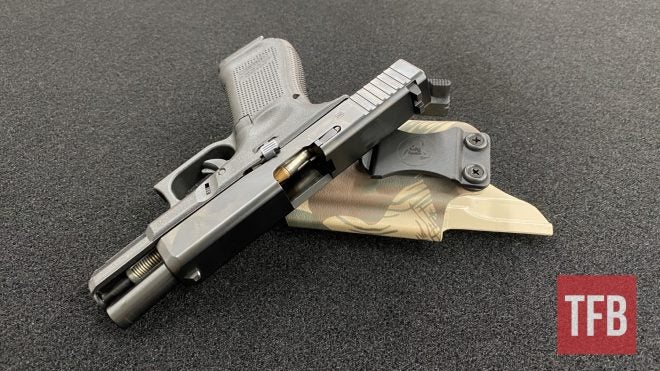Recently, I went through a workplace violence training seminar that was mandatory. During the video, they talk about evading threats and knowing the difference between cover and concealment. This concept is nothing new but can be rather tricky for people to determine the difference in a stressful situation. In a self-defense situation, knowing the difference between cover and concealment can save your life. Let’s take a closer look at cover vs concealment.
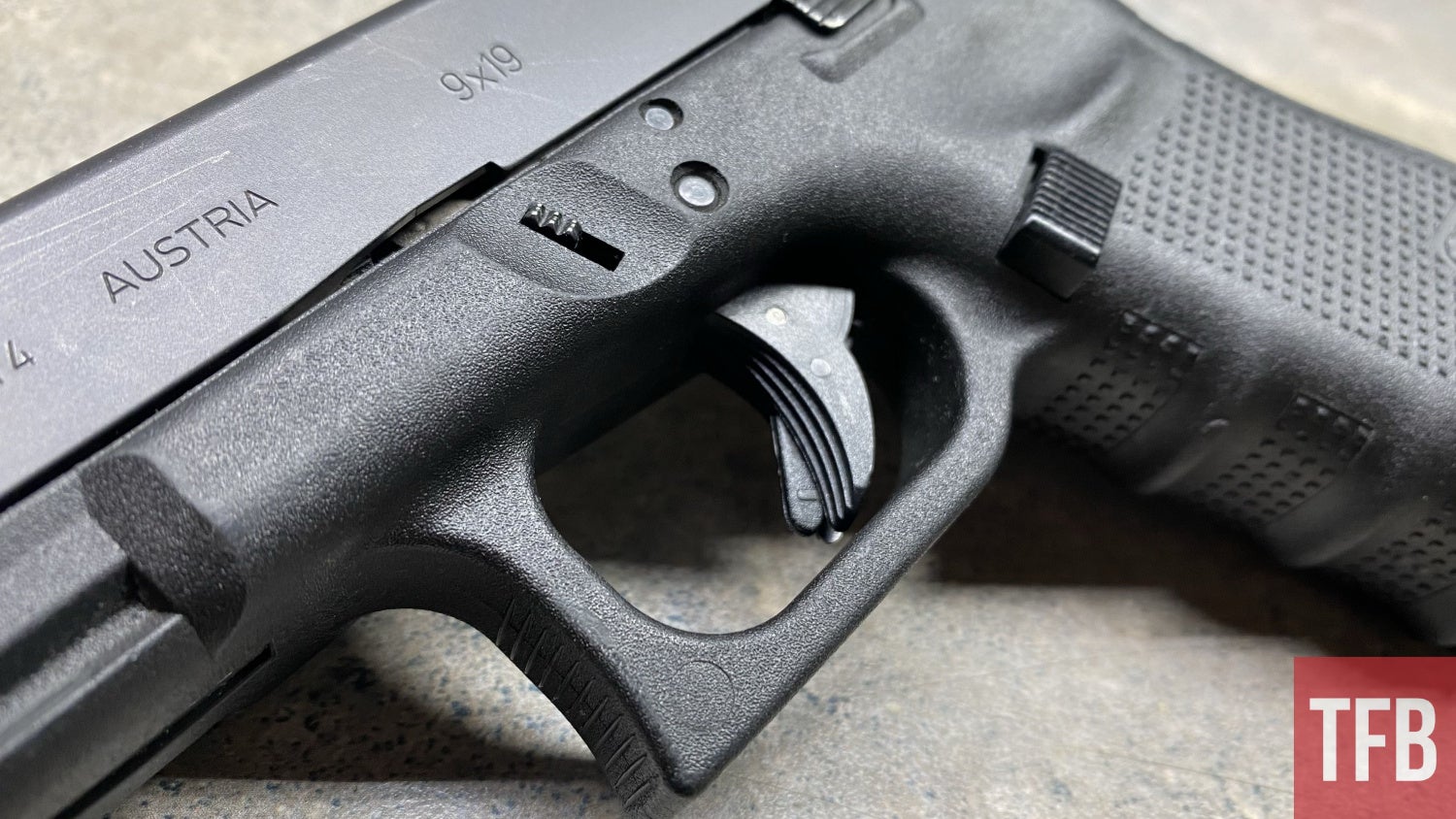
Knowing The Difference
The biggest problem I see most times is people mistaking concealment for cover. Almost everything can be considered concealment whereas not many things are truly considered cover. I’ve gotten quite a few questions about what exactly is considered cover over the years so we will finally dive into the difference between cover and concealment. Keep in mind there’s a slim chance you’ll need to work around cover when it comes to a self-defense situation. There’ve been a number of cases where officers have fought around vehicles or structures. Self-defense in the home is also a common place where people have a misconception about the difference between cover and concealment.
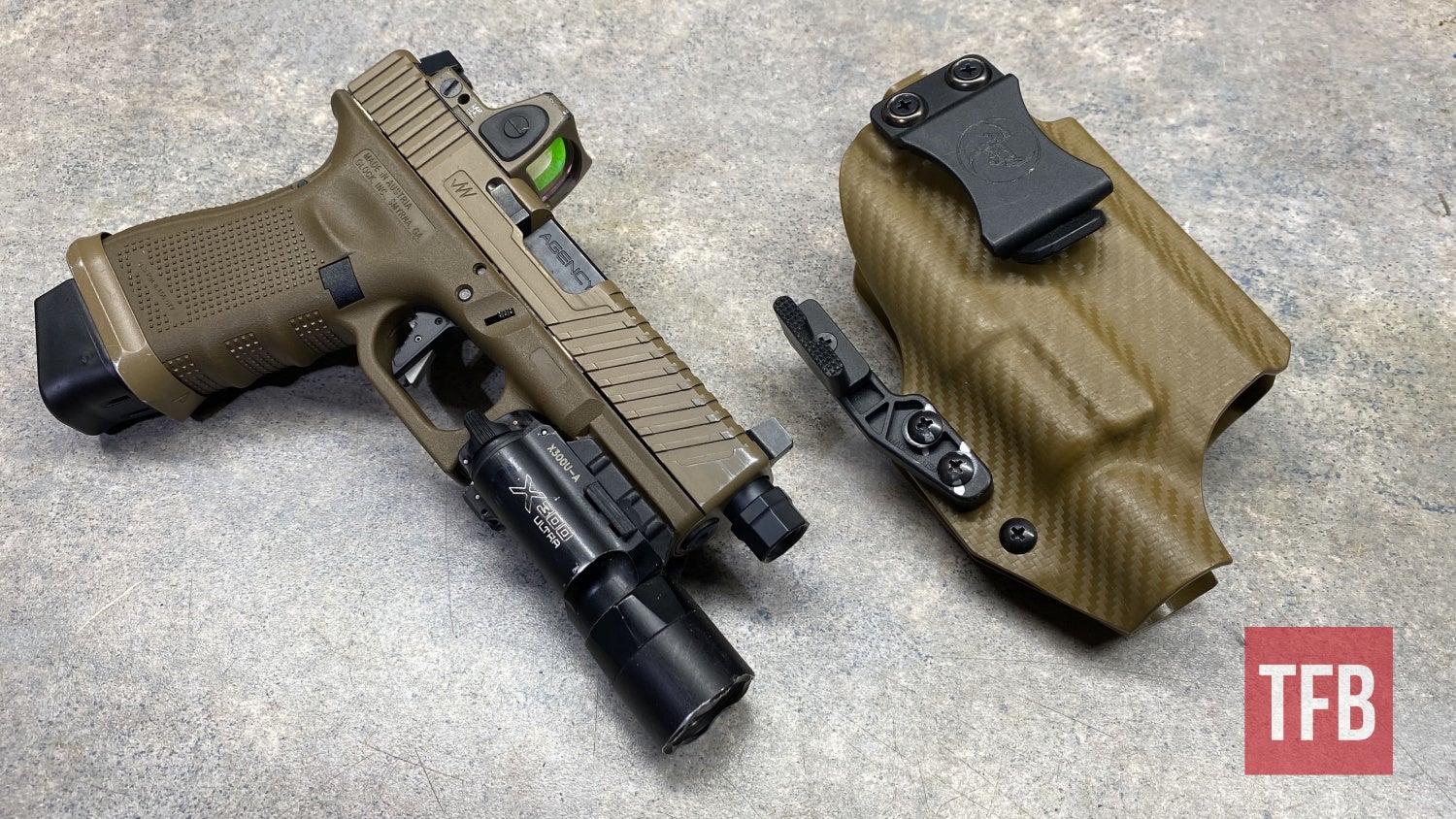
What Is Cover?
Cover is considered to be any material item that will consistently stop rounds without having to worry a lot about penetration. When it comes to cover, this would be at the end of a bookshelf where the bullet would have to pass through a number of books. Others say large appliances are considered cover but even that I would say are concealment. Filing cabinets or a large body of water are other great options for cover.
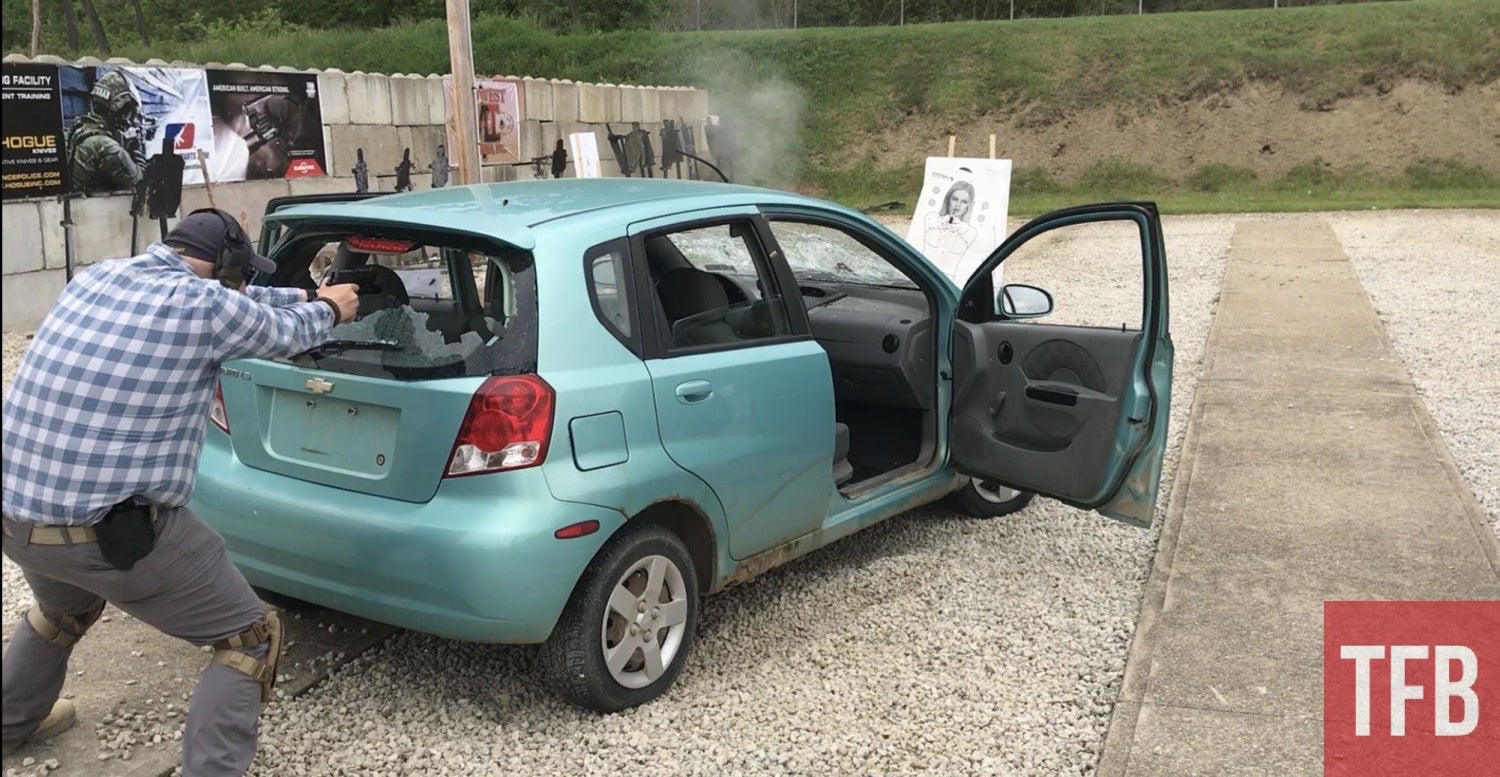
Having a good amount of material between you and the threat will be the best way to establish distance and the level of available cover at your position.
Maybe I can convince the TFB overlords to let me shoot a refrigerator for science but until then, cover is a tricky thing to find. Cover on vehicles is much easier since the engine bay, wheel hubs, and frame pillars are typically accepted as true cover as well. Things like a large concrete barrier or brick wall are typically a good option as well from handgun rounds, but rifle rounds are a maybe so it’s important to keep that in mind.
What Is Concealment?
Concealment will essentially keep you hidden but won’t offer much if any ballistic protection from an incoming round. The vast majority of items are actually considered concealment. Things like the interior walls of your home, the rear sections of a car or pick up are great concealment options. You are probably looking at this and saying “Matt this doesn’t offer much help when it comes to me being safe” and you’d be right.
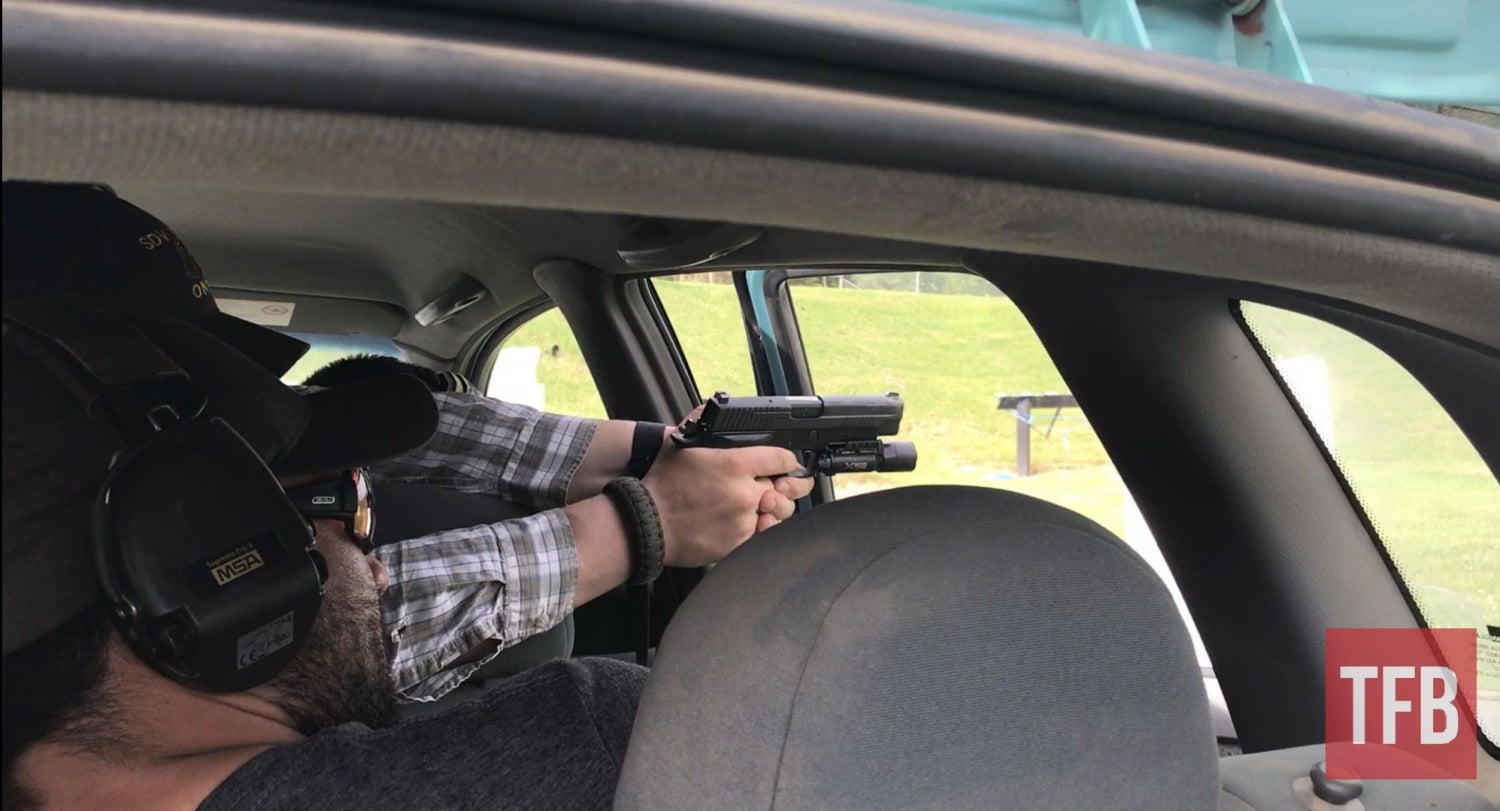
Being in a fight while inside a vehicle is one of the worst-case scenarios. If possible, get out of the area or if your vehicle is disabled, get out and have the full vehicle as a barrier.
Concealment doesn’t offer much help when it comes to stopping rounds but if you’re in a self-defense situation, having a place to hide is a huge plus. Being able to move around without an attacker seeing exactly where you are gives you the upper hand when it comes to self-defense. Concealment won’t save your life from an attack but it offers a bit of help in concealing yourself in a dangerous situation.

Mindset For Carrying Concealed
In a perfect world, we would look at something and be able to figure out if it was cover or concealment instantly under stress but this just isn’t the case. One of the best ways to practice is just to look at items around you while you go along your daily life. Looking around and just deciding whether or not a certain item would be either cover or concealment.

All it takes is five or ten minutes a day where you can just look around and make calm determinations on everyday items around you. Even looking at your car and checking out the points that would be considered cover versus what would be considered concealment. Having that little bit of background knowledge will help you in the long run if you ever find yourself in a self-defense situation.
Including Barrier Training Into Range Trips
One style of training I don’t see enough for concealed carry is barrier training. Oftentimes, shooters will only focus on accuracy and shooting squared up to the target. In a real-world situation, it’s going to be much more chaotic than standing and shooting. Most times you will be trying to stay behind cover and making yourself as small of a target as humanly possible. There are a number of different plans to make your own barriers out of plywood.

Having a simple sheet of plywood with different cuts throughout the wood will force you to practice getting into less than favorable positions to fire. Don’t get me wrong, it’s important to work on the basic fundamentals as well, but it’s not something to constantly focus on. It’s important to push yourself and get into those uncomfortable positions when practicing so you know what to do if you ever find yourself in a less-than-ideal situation. It may be a daunting task at first but over time things will become easier and you will be a better shooter because of it.
Overall Thoughts
Thinking about what’s cover versus what’s concealment can seem somewhat drastic. If you ever find yourself in a dangerous situation, it will definitely help out if you have some prior knowledge. Looking at everyday items and seeing whether or not they are a cover can be an easy way to condition your brain. Ultimately it just boils down to looking for various pieces of cover throughout your day. Including barrier training can be a big help to you when it comes to carrying concealed. Just practicing being in uncomfortable positions can give you experience so it’s not your first time doing it during a stressful situation.

What do you guys think? is it good to consider cover vs concealment for concealed carry or do you think it’s a step too far? Let me know your thoughts down in the comments below. If you have questions about carrying concealed or firearms in general, feel free to shoot me a message on my Instagram @fridgeoperator. Stay safe out there.
TFB’s Concealed Carry Corner is brought to you by GLOCK
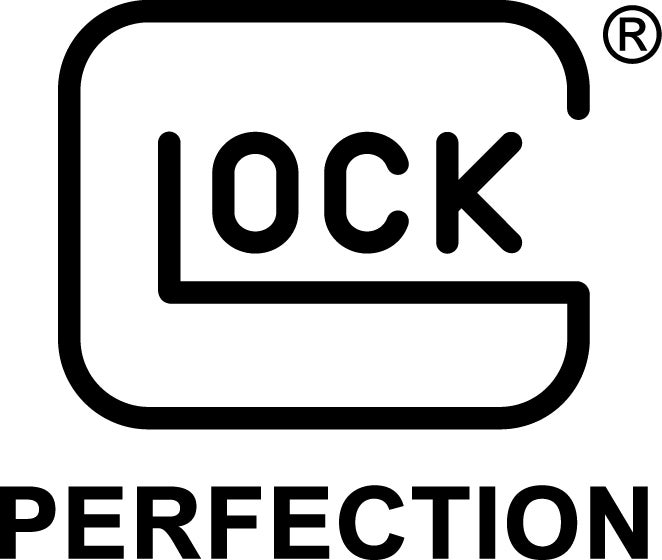
 Your Privacy Choices
Your Privacy Choices
